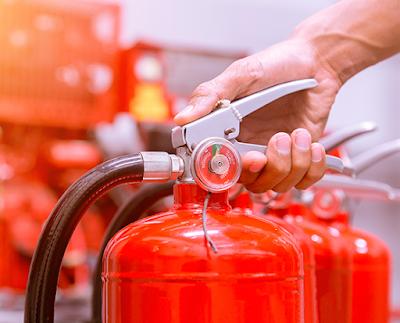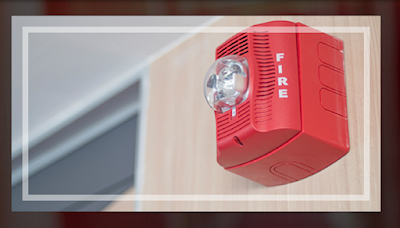Ever since their invention, fire sprinklers have been one of the most popular and reliable elements of fire protection for residential and commercial buildings. However, the intricate webbing of a fire sprinkler system makes it an enigma to many business owners when the topic of installing one comes. Understandably, there’s much more to this massive project than just a few pips joined to the sprinkler heads. So, what are some of the key considerations one needs to bear in mind before commencing a fire sprinkler system installation? The following three steps:
1. The Planning Stage. Every project begins in mind and then needs to be drafted on paper to fully synchronize it to the real structure and see it in 2D. The same is with the installation of fire protection systems. The engineers first sketch it on the drawing board and discuss all the crucial elements of the project with the architect and the designers. As the building owner or manager, your presence and input about anything related to the building are vital as well. For example, the designers would need to know occupancy classification, the hazard class for the structure, and other related details before the NFPA can approve the installation.
2. The installation Procedure. Once the designer has the plans ready, next comes the seal of approval from the National Fire Protection Association. Depending on your region, the Authority Having Jurisdiction (AHJ) may also take a look at the drawings and approve them before the installation can begin. These inspection authorities play a key role from planning to the annual inspection and maintenance runs. Regardless an approved design plan is all the contractor needs to get the ball rolling for installation while working with the engineer.
3. Post-Installation Care. Every installation and the operating system is only as good as the maintenance care given to it. This includes abiding by the local codes and regulations regarding regulation testing and fire sprinkler inspection by authorized experts from a fire protection equipment company. For businesses in New York, the NFPA 25 has a set schedule for fire sprinkler inspection and testing that must be followed without fail in order to avoid penalties and provide complete fire safety to the building occupants.
Hence, fire safety equipment installation is a much bigger task than simply calling the professionals and getting it affixed. There is a lot of planning involved that can be made easier with the guidance of an experienced team. So, hire your fire installation company carefully!


